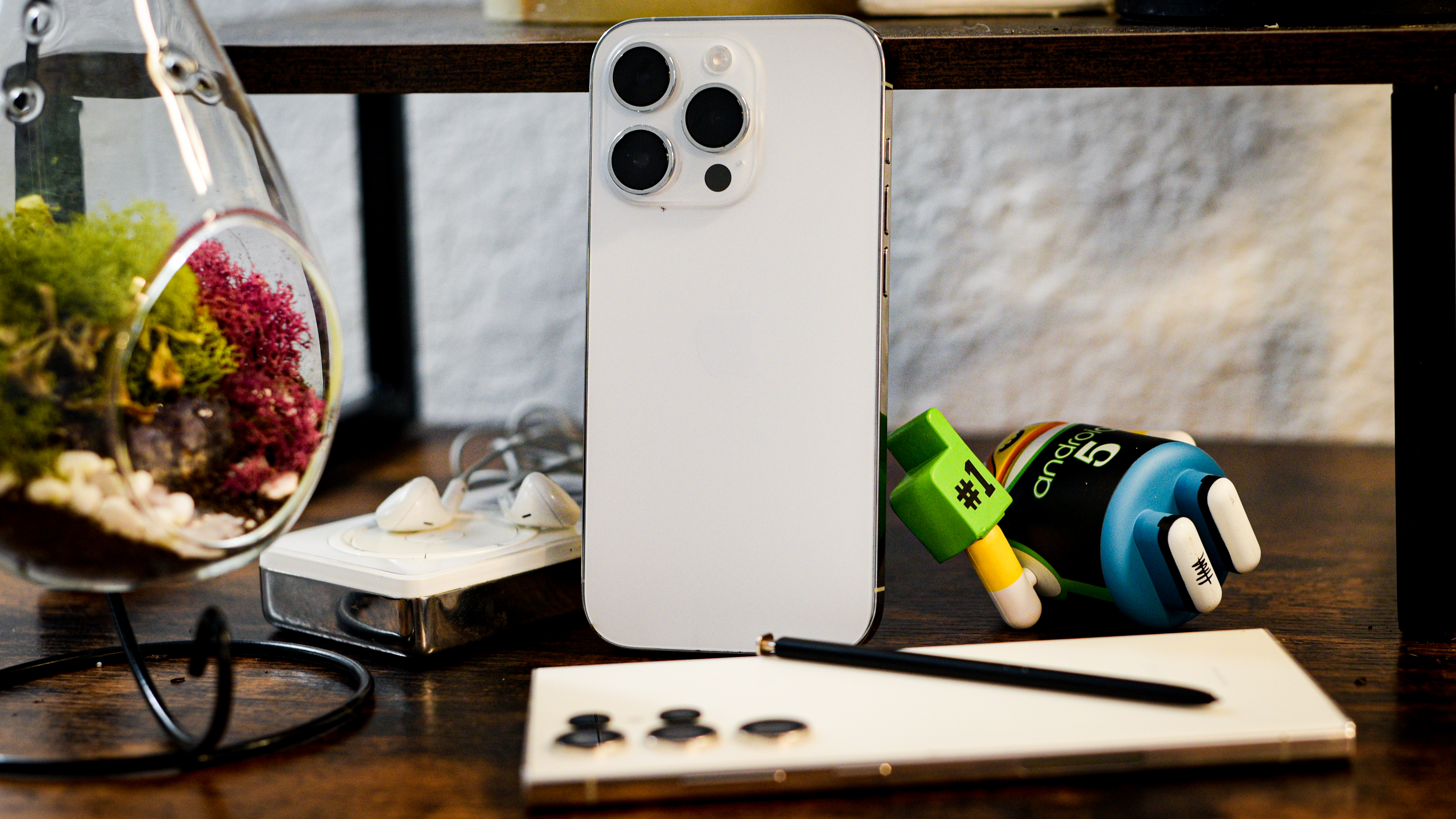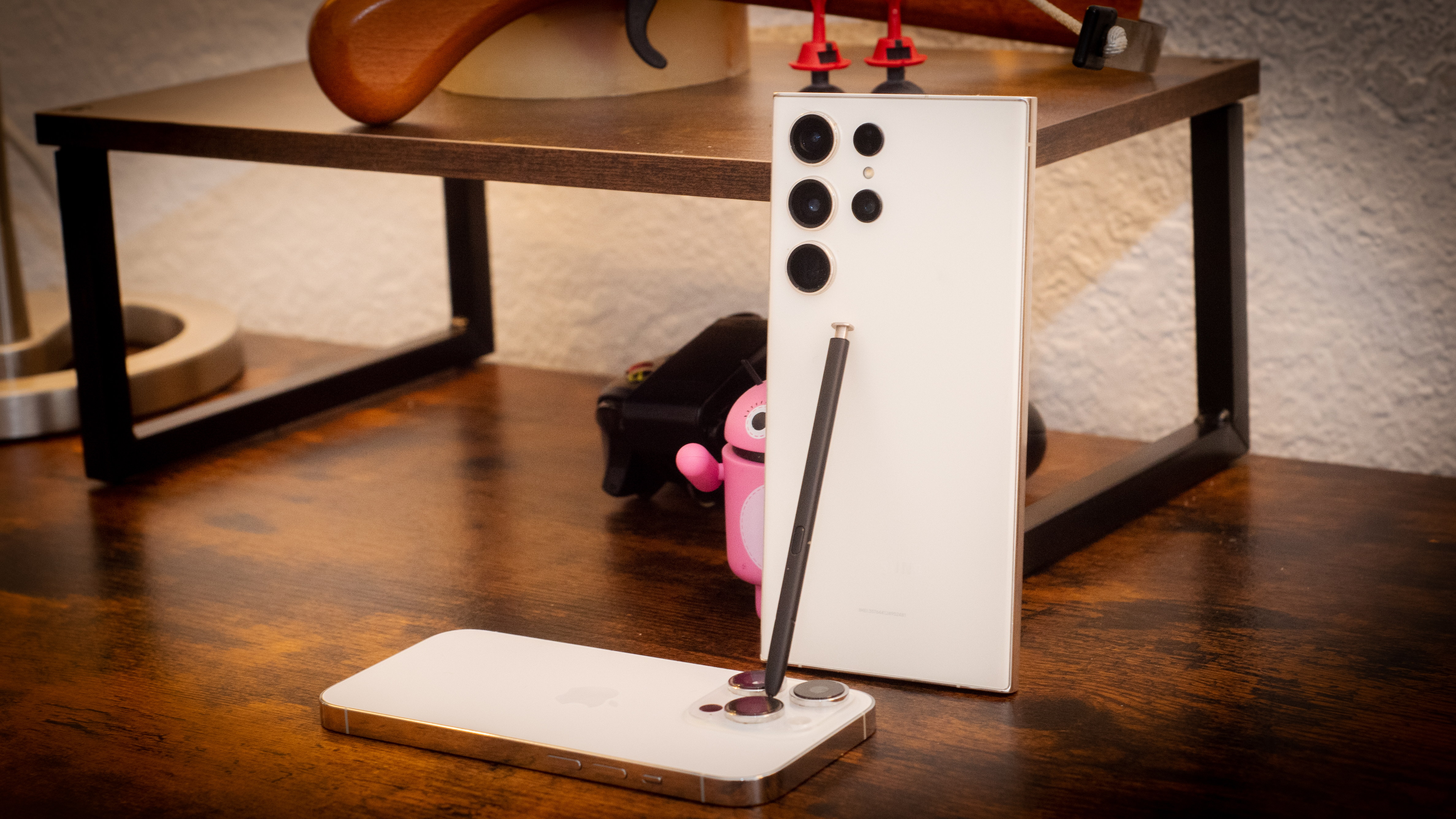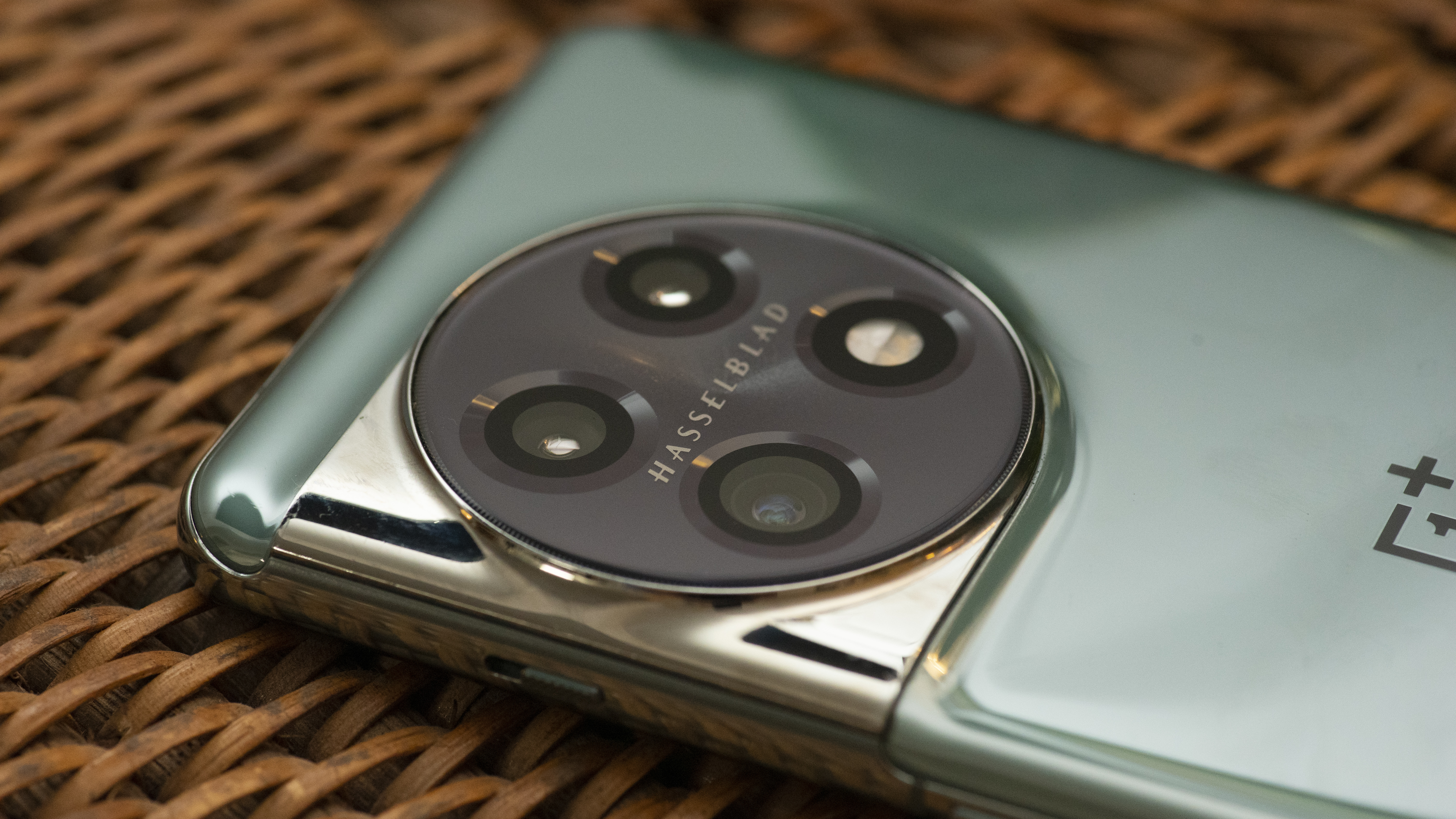Sorry Samsung, the iPhone is the only phone worth upgrading every year
I'm trading my iPhone 14 for an iPhone 15, aren't you?

I’m buying the iPhone 15 this year, of course. Actually, I’ll probably buy the iPhone 15 Pro model, but not the Max or Ultra or whatever. I want the best cameras, but not the biggest display. I don’t have $1,000 to spend on a phone, so I’ll just be trading in my iPhone 14 Pro and paying the difference. Mark your calendar, I’ll probably do the same thing next year, because the iPhone has proven to be worth upgrading every year, and it’s the only phone I trade in annually.
As a phone reviewer, I carry a lot of phones that I get as sample loans, but I own a couple of phones that I bought myself, including my iPhone 14 Pro and a Galaxy S23 Ultra. The iPhone will go to Apple this year, or maybe AT&T or another wireless carrier offering a great iPhone deal. The Galaxy, on the other hand, will stay in my collection a bit longer.

I sold my Galaxy S21 Ultra to help pay for the S23 Ultra, and I’ll probably hold onto this phone just as long. Of course, I may go for something other than a Samsung, but I’ll always carry an Android phone. I try to hold onto whatever we’ve put at the top of our best phones list. It’s refreshing to come back to the best after I’ve been stuck using only a weird review phone for a few weeks.
If the Galaxy S23 Ultra is the best phone, why isn’t it worth upgrading every year? Why is the iPhone a necessary upgrade, but the Galaxy, or any other Android phone, should stay in my pocket longer? There are a few reasons, reflecting both the positive and negative aspects of choosing Apple versus Android.
The iPhone is worth more after a year than other phones
Foremost of all, the iPhone holds its value better than any other device, especially when you trade it back to Apple for a new iPhone. After my trade, I expect to pay $200 - $300 at most for my new phone, if anything. If I trade to my wireless carrier (currently AT&T, but we’re not married), I expect a free phone, or close to it.
Of course there are exceptions. Carriers and phone makers can get aggressive with trade in deals, and these are some of my favorite deals to spot. I got my Galaxy S23 Ultra in part by trading a very old Galaxy S4 that didn’t even power on. AT&T gave me $1,000 in reduced payments over 3 years for that phone. It’s a complicated discount, but trust me, it works out in my favor even if I leave early.

Even if I don’t trade my iPhone, it still holds its value well, even on the used market. My phone cost $1,000 when I bought it, but I could easily sell it on Swappa.com for $800 or so right now. That brings me within striking distance of my next phone.
Sign up for breaking news, reviews, opinion, top tech deals, and more.
My Galaxy S23 Ultra cost around $1,300, and now brings in around $850 on Swappa. That’s a lot of depreciation for a phone that will be Samsung's flagship model for another half a year.
Apple is behind in many hardware features, for now
The other big reason I upgrade to the iPhone every year is that Apple has a lot of catching up to do. Apple’s phones are wonderful, polished and refined. They aren’t packed with features, or overloaded with options and customization. Sometimes, I like that. Other times, I want to feel like I’m holding the future in my hand.
For that, I like my Galaxy. The best Google Pixel phones also have great features that you won’t find on the iPhone, like great built-in photo editing. There are cool recording features that separate and label different voices, if you record interviews and chats, like I do. I even like playing with the cool features on phones like the OnePlus 11 or an Oppo Find X6 Pro that we managed to import.

The iPhone is still catching up. Its cameras are top-notch, but lack features compared to the best camera phones you can buy. There isn’t a super zoom lens, like on the Galaxy S23 Ultra. There isn’t a huge, one-inch sensor, or a plethora of shooting modes and options. The camera is pretty basic. It takes great photos, with limited possibilities.
Apple also has a lot of catching up to do in software features. It just added a great safety check-in feature to iOS 17 that I love, but Google has had a safety check on Pixel phones for a while now. There are also plenty of multi-tasking and customization features that Apple could borrow from Android phones.
I’m happy that the interface changes are cautious and considered, but iOS is growing stagnant. It's almost identical to the way it's always looked.
I hope USB-C is a really big deal for iPhone owners
Apple also has some serious hardware catching up to do, and hopefully the iPhone 15’s USB-C port will open the floodgates. While Apple’s Bionic processors make the iPhone faster than any Android phone, and its phones are more efficient with less storage and RAM, it still lags in some key hardware areas. The new port could fix that.
Apple phones charge slowly compared to the best Android competitors. Hopefully USB-C will allow future iPhones to charge much faster. This has never been a selling point for Apple, but I’d love to see more focus on battery and power management.

If you record large video files, in Apple’s Pro Res format, for instance, the iPhone is very slow to transfer those files to your computer over the Lightning connection. Lightning is a very slow, older port based on an ancient USB 2.0 standard. A new USB-C port will allow much faster data, for transferring files and other features.
I can plug my Samsung phone into a USB-C hub with a monitor and keyboard attached, and all of a sudden I’m using what is essentially a desktop computer. I can’t plug my iPhone into hardly anything. It won’t run an external display or connect to a hub, but hopefully that will change with USB-C. The U stands for Universal, after all.
Why I'm keeping my Galaxy S23 Ultra longer than my iPhone
So, I’ll be trading in my iPhone 14 Pro and keeping my Galaxy S23 Ultra longer. Samsung still sells the Galaxy S22 Ultra, and compared to my current phone, the differences are slight. My camera has 200MP versus the 108MP sensor on the S22 Ultra, but those sensors are the same size, so image quality hasn’t made a huge leap.

Samsung phones improve slowly and steadily over time, with occasional jumps ahead when the company decides it's time for a big change. It can be hard to see the differences year over year, especially for a phone that is already on the cutting edge. Until a new technology comes along, like foldable glass or spatial computing, Samsung can only give you bigger, faster, and more.
Apple, on the other hand, has a few components on the cutting edge, but leaves plenty of room to grow. Rumors suggest this year’s iPhone 15 Pro Max will have improved cameras to compete with Samsung’s zoom. There will be design changes, maybe even a new button on some models.
Exciting differences? Maybe, we’ll have to see what Apple announces, now that we have the invitation to the official iPhone event. Whatever they announce, I’ll get one. My iPhone 14 Pro is fine, but it hardly pays to keep it when I know the next model will be a real improvement, and it won’t cost too much to take the leap.

Starting more than 20 years ago at eTown.com. Philip Berne has written for Engadget, The Verge, PC Mag, Digital Trends, Slashgear, TechRadar, AndroidCentral, and was Editor-in-Chief of the sadly-defunct infoSync. Phil holds an entirely useful M.A. in Cultural Theory from Carnegie Mellon University. He sang in numerous college a cappella groups.
Phil did a stint at Samsung Mobile, leading reviews for the PR team and writing crisis communications until he left in 2017. He worked at an Apple Store near Boston, MA, at the height of iPod popularity. Phil is certified in Google AI Essentials. His passion is the democratizing power of mobile technology. Before AI came along he was totally sure the next big thing would be something we wear on our faces.